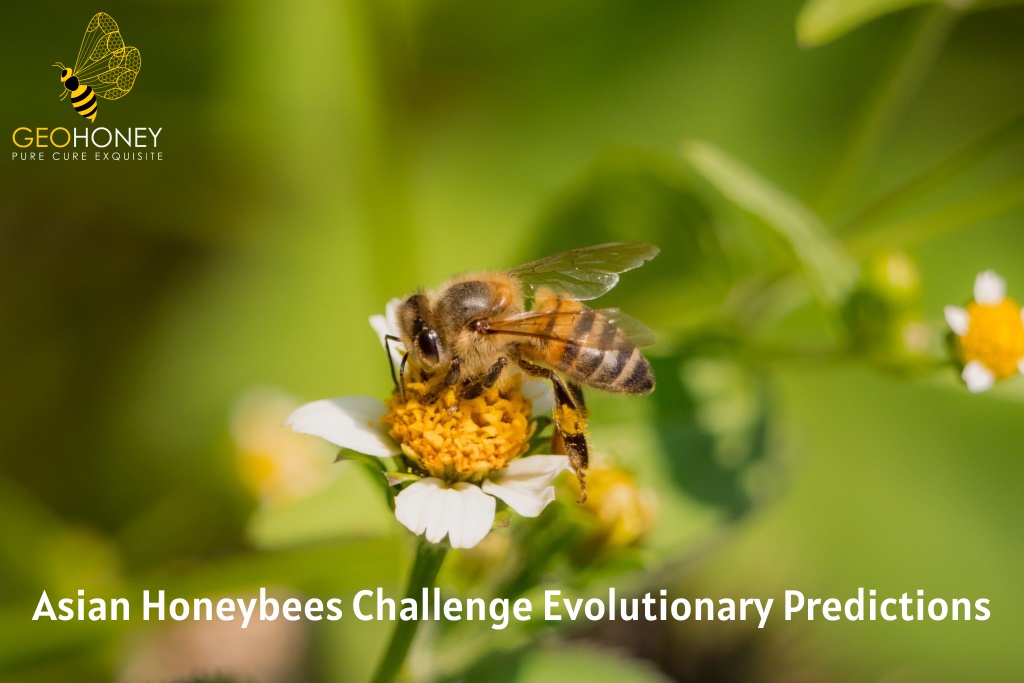- Tokyo: 03:23
- Singapore: 02:23
- Dubai: 22:23
- London: 18:23
- New York: 13:23
Asian Honeybees Challenge Evolutionary Predictions

In a surprising turn of events, invasive Asian honeybees (Apis cerana) in North Queensland have defied conventional evolutionary theories by flourishing and expanding exponentially. What started as a single swarm has now grown into over 10,000 colonies spread across a vast 10,000 square kilometer area, comparable in size to Greater Sydney.
Unexpected Adaptability with Limited Diversity
Co-lead author Rosalyn Gloag from the University of Sydney School of Life and Environmental Sciences, remarked on the unexpected adaptability of the bee population despite starting with minimal genetic diversity. This challenges the long-held belief that high genetic diversity is essential for species to thrive in new or rapidly changing environments. Gloag's findings shed light on the resilience of populations with reduced genetic diversity, offering valuable insights into broader ecological adaptability, especially in the face of anthropogenic climate change.
The Queensland Invasion
A detailed genetic chronology of the Queensland invasion reveals that the bees arrived in 2007, likely from Papua New Guinea, sparking biosecurity concerns in Australia due to potential parasite threats. However, these bees were found to be free of the feared varroa mite, which has since infiltrated Australia through unknown means, posing risks to the local honey industry.
Valuable Biological Dataset
The Queensland Department of Agriculture and Fisheries' extensive sampling efforts, initially aimed at eradicating the bees, yielded a valuable biological dataset. Despite the unsuccessful eradication attempt, the collected biological material has been instrumental in understanding the mechanisms of invasive species incursions and preparing better for future invasions.
Observing Natural Selection
By analyzing genomes from 118 bees collected over a decade, researchers observed natural selection at play within a genetically limited population. The study revealed that natural selection was acting on the existing genetic variation brought in by the original bees, rather than new mutations arising over time. This unique vantage point showcases how species with low genetic diversity can adapt swiftly, presenting both challenges and opportunities for managing invasive species and addressing climate-induced threats.
Invasive Asian Honeybees: A Global Concern
Invasive Asian honeybees, especially Apis cerana, have garnered global attention due to their remarkable adaptability and competition with local bee populations. Smaller in size compared to European honeybees (Apis mellifera), these bees pose significant environmental and economic challenges when introduced outside their native range.
Major Challenges and Economic Threats
The spread of Asian honeybees beyond their natural habitat presents challenges such as resource competition with local bee species, potentially leading to a decline in native bee populations critical for pollination. Moreover, their aggressive foraging behavior and efficient utilization of floral resources can disrupt local ecosystems, impacting pollination dynamics and ecosystem functions. Economically, invasive Asian honeybees can pose threats to beekeeping industries by invading European honeybee hives and altering pollination services, which may affect crop yields.
Management and Mitigation Strategies
Efforts to manage and mitigate the impact of invasive Asian honeybees include monitoring their spread, implementing biosecurity measures to prevent further introductions, and researching biological control methods. Conservationists and researchers emphasize the protection of native bee populations to maintain ecological balance and support agricultural sustainability and biodiversity conservation efforts.
Source: earth




So there's a conflict also on honeybees. The spread of ASIAN HONEYBEES, beyond their natural habitat presents challenges.